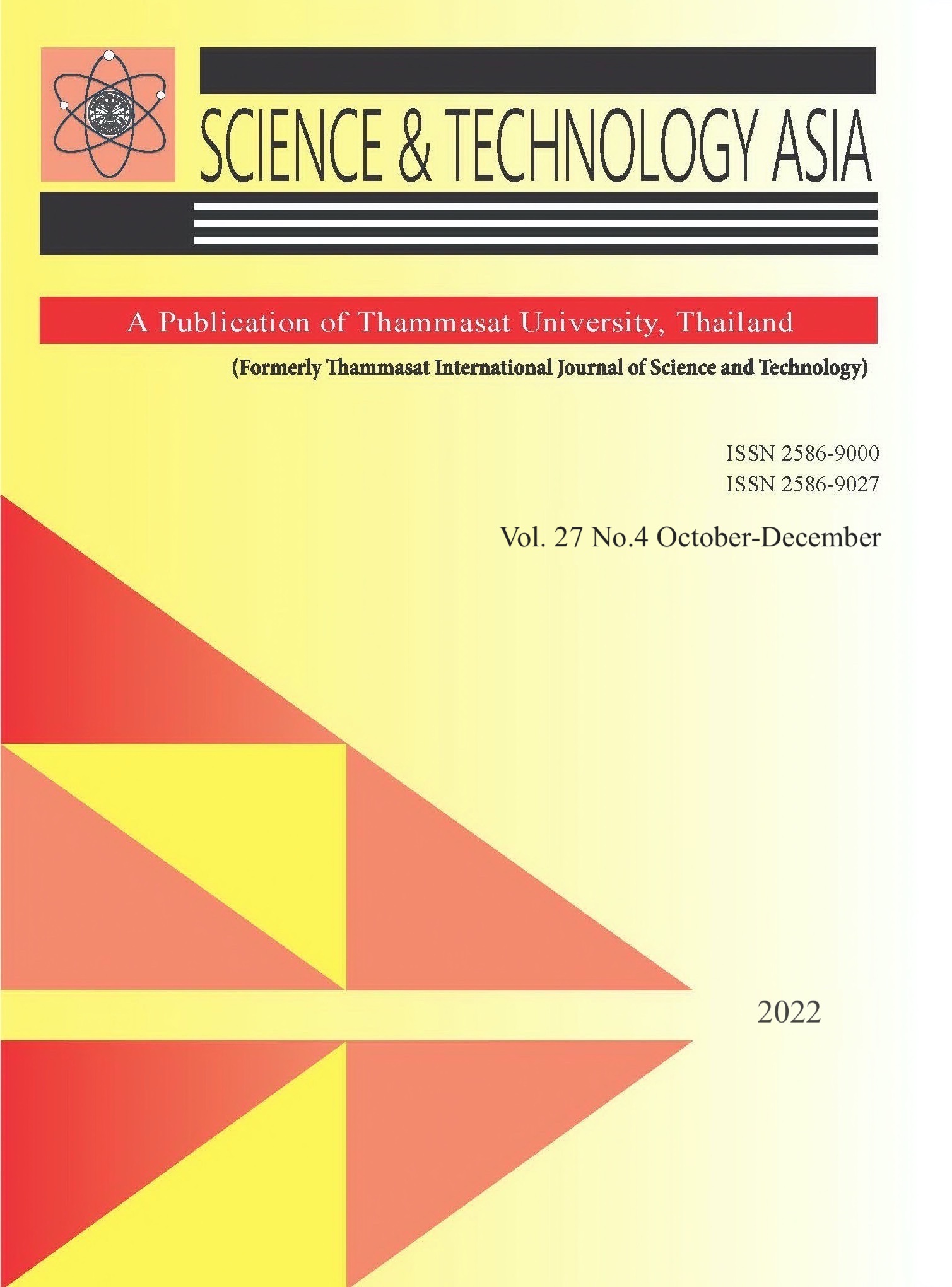Diagnostic Accuracy of Postcontrast FLAIR MRI with Subtraction for Detecting Leptomeningeal Disease
Main Article Content
Abstract
In this study, we aimed to determine the accuracy of post-contrast FLAIR imaging with subtraction for detecting leptomeningeal disease. We retrospectively examined 58 patients who underwent post-contrast FLAIR imaging with subtraction sequences for leptomeningeal enhancement. The analysis consisted of leptomeningeal enhancement interpretation on pre- and post-Gd 2D-FLAIR coregistered images with subtraction (technique A, the reference standard), 2D-FLAIR post-contrast images (technique B) and 3D-T1WI post-contrast images (techniqueC). The diagnoses were confirmed by CSF cytology and final clinical diagnosis. Diagnostic tests and κ agreement were used to compare between each study. Leptomeningeal contrast enhancement appreciated on techniques A, B and C for 9 patients (15.5%, P < 0.001), 8 patients (13.8%, P < 0.001) and 3 patients (5.2%, P = 0.003), respectively. Using technique A as the reference standard, both techniques B and C had similar specificity (100%) and PPV (100%). While the sensitivity and NPV of techniques B and C were 88.9% vs 33.3% (P < 0.001) and 98% vs 89.1% (P = 0.003), respectively. Technique A had the highest reproducibility among all techniques (κ agreement, P < 0.001). Pre- and post-contrast 2D-FLAIR coregistered images with subtraction had higher sensitivity, NPV and diagnostic accuracy compared to 2D-FLAIR post-contrast images and 3D-T1WI post-contrast images in the diagnosis of diseases involving leptomeninges.
Article Details

This work is licensed under a Creative Commons Attribution-NonCommercial-NoDerivatives 4.0 International License.


